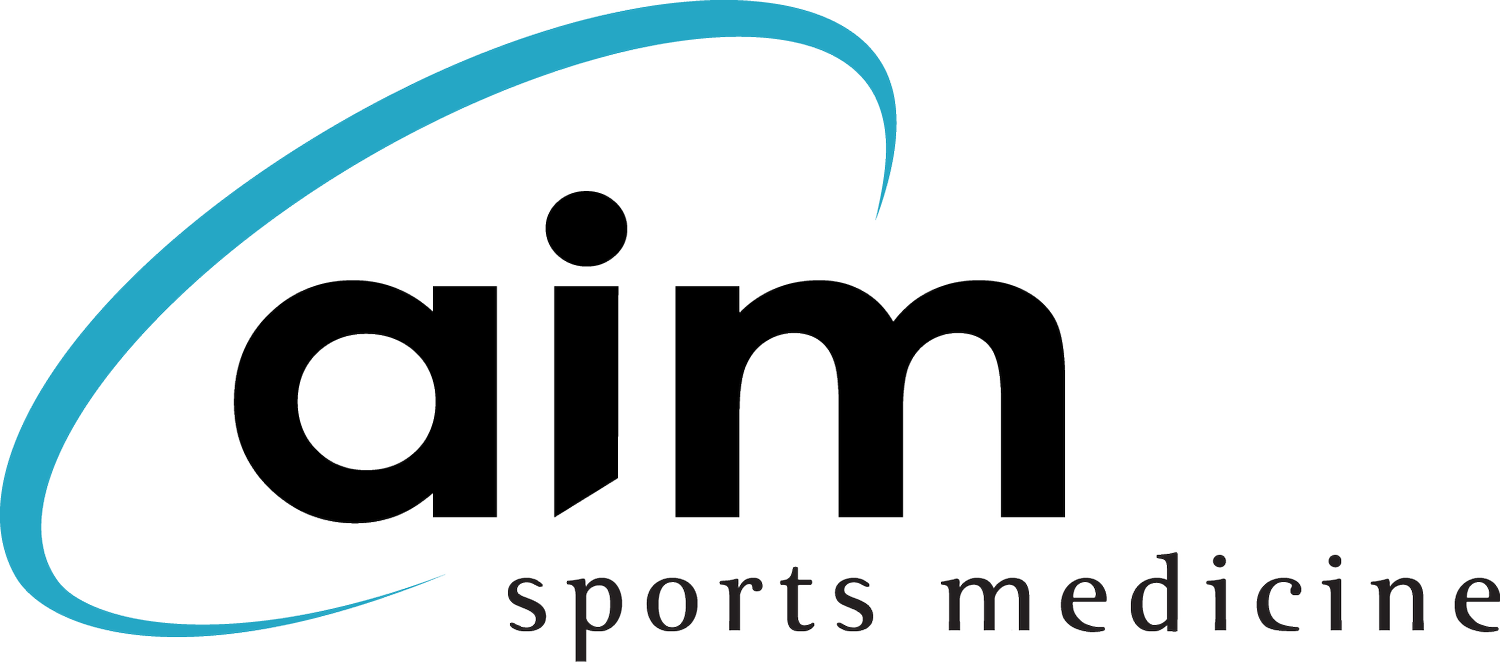The Importance of Recovery Work
As we ring in the new year, one of our most common resolutions is to get "back on track" after indulging in the holidays. It's exciting to put away the decorations and recommit to our health, but it's important to remember: what you do after your workouts can be just as important as what you do during.
What’s the first thing you think of when you hear the word “recovery”? You may picture someone with a serious illness or a debilitating injury, but the truth is that our bodies actually work hard to “recover” on a daily basis.
Recovery isn’t just something that happens when there’s something seriously wrong; it’s a normal part of the process to prevent injuries before they occur, so we can keep performing like we want to.
Here’s a little background on what recovery is, and how we can help ourselves with it:
1. Why do our bodies need to recover?
When we work out, we cause microscopic damage to our muscles. It sounds scary, but the muscle actually repairs itself to become stronger. The majority of us work out because we want to be stronger and healthier, and as strange as it sounds, causing “microtears” in our muscles by (safely) pushing ourselves is how our body gets there.
The downside to this process is all too familiar to anyone starting a new program, or simply stepping up their current level of workouts: muscle soreness. This usually kicks in 24-48 hours after activity. The technical term is “Delayed Onset Muscle Soreness”, or DOMS, and even though it’s a natural result of pushing ourselves, that doesn’t mean it’s fun!
2. How does recovery help us?
Even if we understand why we’re experiencing minor aches and pains, and even if they’re ultimately beneficial, pain can still be a real hindrance to our efforts in the gym. Some of the ways it does this (and you may recognize a few), are: we have reduced range of motion and/or diminished strength, we can’t try like we want to, and we may even shy away from our planned workouts.
It’s human nature to want to avoid pain, but there’s a key point to remember: there is a lot we can do to help ourselves feel better faster so that we can continue challenging ourselves, and get that much closer to reaching our fitness goals.
3. What can we do to recover faster?
Most athletes know a few simple (but effective) methods: ice and heat. Ice is great for calming down inflamed muscles - areas that may be swollen and warm to the touch. Heat is also good because it brings increased blood flow to an area, and helps tight muscles relax. Coach Mom may have been the first one to suggest heat and ice for your aches and pains, and they’re great along with important basics like getting enough sleep, but there are other options to take your recovery to another level.
These include sports massage therapy and deep tissue laser treatments. Most people have either heard of, or personally experienced massage therapy. It’s something that feels good, and when it’s done by someone that has a deep knowledge of anatomy and experience working with athletes, they can really help figure out where your pain is originating from so you have more lasting relief.
Deep tissue laser therapy can be done by itself or used to complement everything else you do. It uses light therapy to penetrate the tissue, which reduces inflammation, decreases pain, and accelerates your body's healing. It's quick, safe, and noninvasive, and popular with athletes who demand a lot of their bodies and still need to regularly perform.
Both sports massage therapy and laser therapy are painless to have done and help to alleviate pain, tenderness, tightness, and soreness almost anywhere you’re experiencing it. A good massage therapist and laser therapy assessment will take the time to ask you about your history, your fitness routines, and your goals, as well as “where it hurts.”
At the end of the day, there are multiple methods you can use to help your body feel its best before and after a round at the gym. What’s important is that you listen to yourself and recognize when you can use a little help reaching your goals, from your trainers as well as other experts. Remember: Your workouts will challenge you. Your recovery shouldn’t!
Contact Aim
If you have a question about our physical therapy, call us, and we'll provide you with our professional opinion. We are ready to support you during your healing journey.
Call or Text us today: (310) 937-2323
Aim Sports Medicine
1035 Aviation Blvd.
Hermosa Beach, CA 90254

